Category: Uncategorized
-
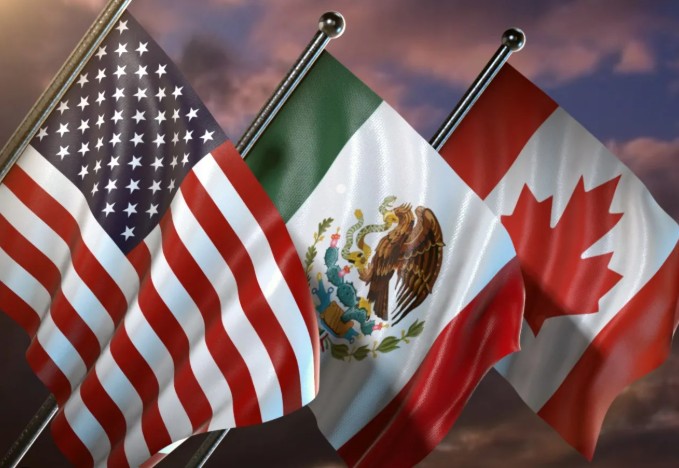
A Trade Milestone That Hits Home For decades, Canada has been the United States’ most dependable export market a steady, predictable buyer of American goods that anchored North American trade. That reality shattered in 2025 when Mexico imported $226.4 billion worth of U.S. goods between January and August, overtaking Canada for the first time in…
-
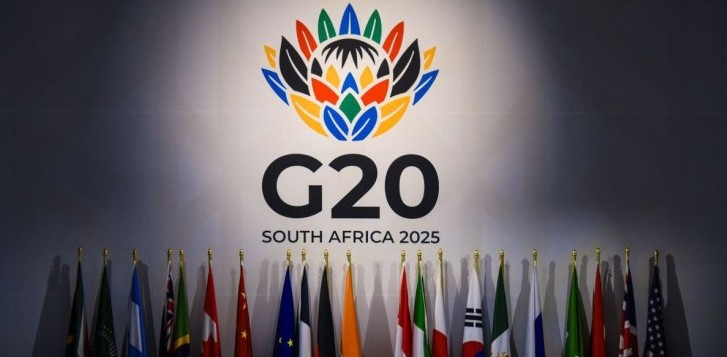
The 2025 G20 Summit, hosted in Johannesburg, South Africa on November 22–23, is a landmark in global diplomacy. For the first time, the G20 convenes on African soil, under the presidency of South Africa, with the theme “Solidarity, Equality, Sustainability.” This theme reflects the host nation’s ambition to elevate African priorities in global economic governance,…
-

The Auto Industry Is Being Rewired And the World Is Fighting to Keep Its Share The global auto industry is no longer just about engineering, innovation, or consumer demand it’s about geopolitics, tariffs, and survival. In 2025, the United States unleashed a sweeping industrial strategy that combined 25% tariffs on imported vehicles and components with…
-

The passage of Canada’s 2025 federal budget is not merely a fiscal event it’s a strategic inflection point. With over $1 trillion in capital commitments, a projected $78.3 billion deficit, and sweeping reforms to procurement, infrastructure, and industrial policy, Ottawa is signaling a decisive shift: away from passive trade dependence and toward proactive domestic resilience.…
-

Beneath the Surface: Why These Economic Signals Point to Trouble Ahead As Q4 unfolds, a series of underreported but deeply revealing indicators are flashing red across the consumer, industrial, and trade landscapes. While headlines tout resilience and recovery, the granular data tells a different story one of softening demand, rising costs, and structural strain. For…
-
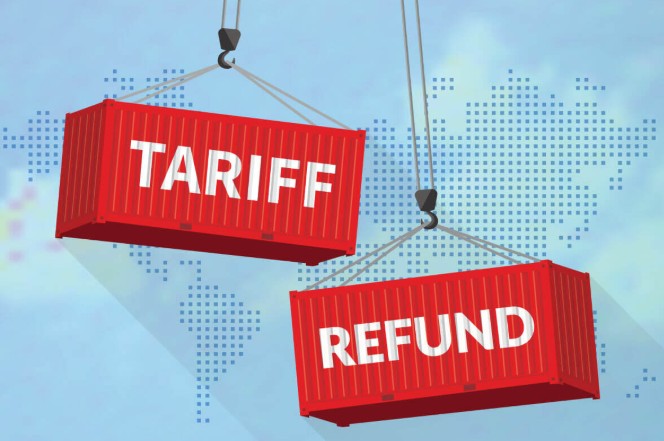
In the world of international trade, small and medium-sized U.S. importers often operate under immense pressure. Rising freight costs, unpredictable supply chains, and shifting regulatory landscapes have made it harder than ever to protect margins and plan for growth. Yet amid these challenges lies a powerful, often-overlooked opportunity: tariff refunds. Tariff refunds aren’t a loophole…
-
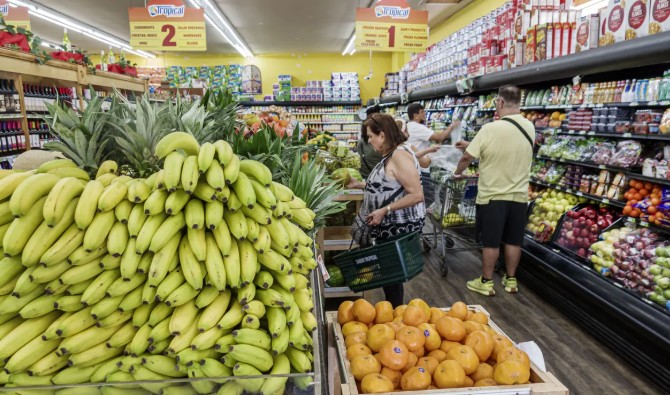
On November 13, 2025, President Donald J. Trump enacted a consequential amendment to Executive Order 14257, refining the scope of the reciprocal tariffs first introduced in April of the same year. This latest move exempts a carefully selected list of agricultural and input products from tariff obligations, signaling a strategic recalibration of U.S. trade enforcement.…
-
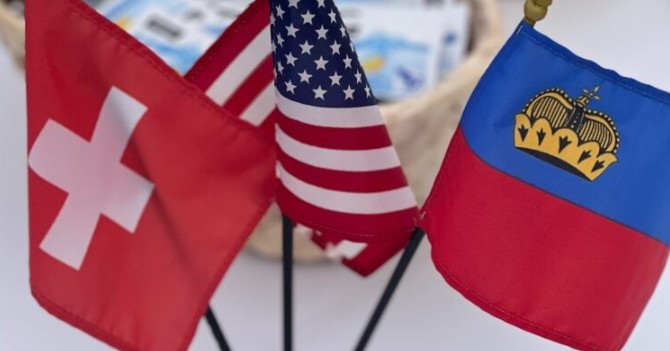
President Donald J. Trump has unveiled a new trade framework with Switzerland and Liechtenstein, pitched as a historic win for American workers and exporters. The Agreement on Reciprocal, Fair, and Balanced Trade promises to eliminate barriers, attract $200 billion in foreign investment, and reduce the $38.5 billion trade deficit by 2028. But behind the fanfare,…
-
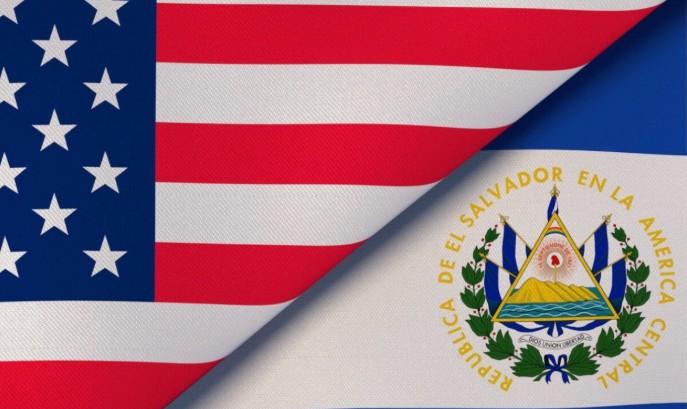
The newly announced Framework for an Agreement on Reciprocal Trade between the United States and the Republic of El Salvador marks a targeted modernization of the CAFTA-DR foundation. This Agreement introduces a compliance-forward, opportunity-rich environment for U.S. exporters and importers especially those operating in pharmaceuticals, agri-food, remanufactured goods, digital services, and textiles. For U.S. stakeholders,…
-

Shared Vision and Strategic Alignment President Donald J. Trump and President Daniel Noboa have affirmed a shared vision for bilateral growth rooted in democratic values, private enterprise, and a rules-based commercial environment. The newly announced Framework for an Agreement on Reciprocal Trade between the United States and Ecuador builds on decades of economic engagement most…
